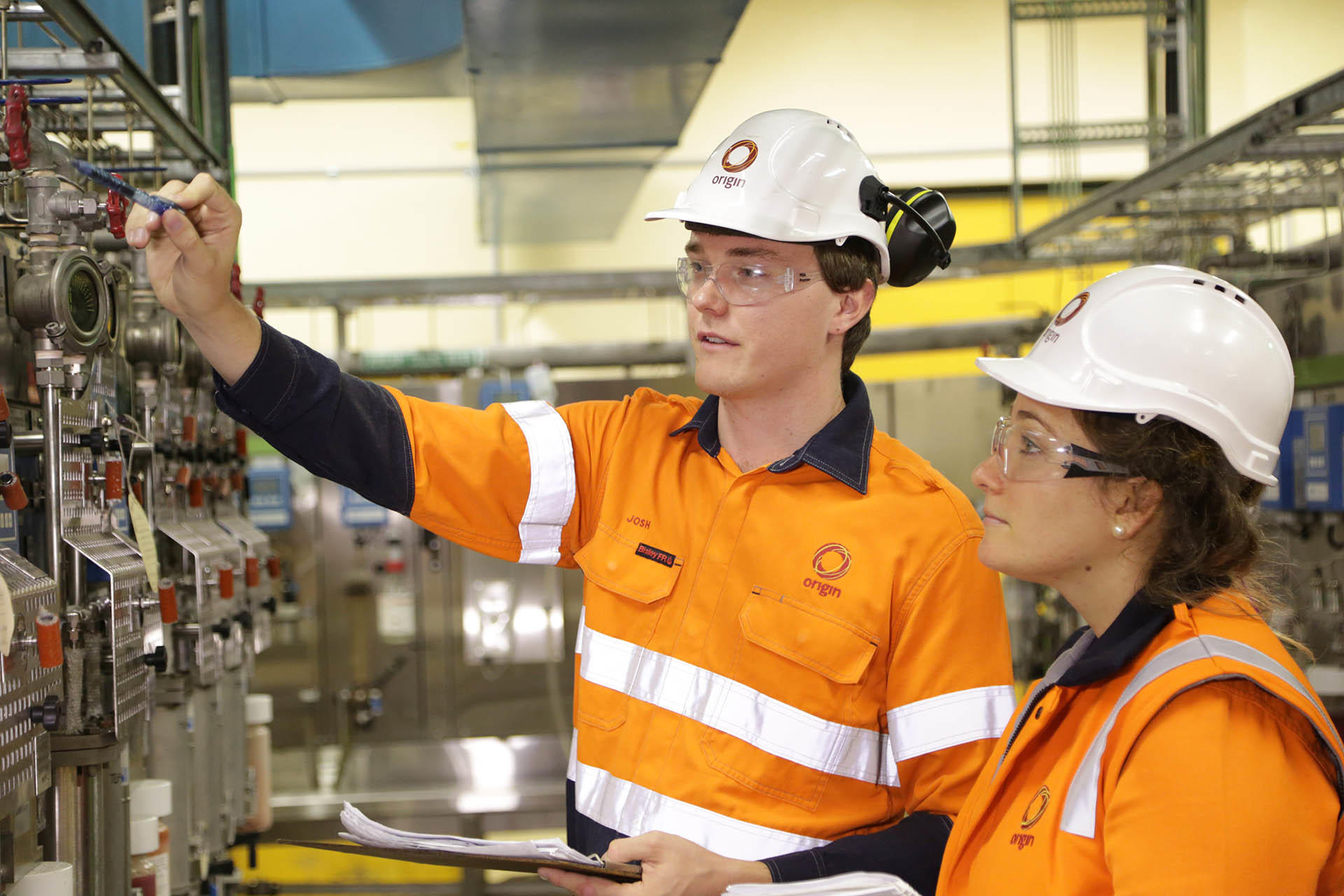Below is a list of industry-relevant research, organisations and associations. Hyperlinks have been included where available.
IRC and skills forecasts
ESI Generation Industry Reference Committee
ESI Transmission, Distribution and Rail Industry Reference Committee
Gas Industry Reference Committee
Water Industry Reference Committee
Utilities related research organisations
Australian Institute of Energy
Energy - CSIRO
Melbourne Energy Institute
The Australian Institute
University of Queensland Centre for Natural Gas
University of Queensland – Energy Initiative
University of Western Australia – Centre for Energy
Relevant research
Decarbonisation Futures: Solutions, Actions and Benchmarks for a Net Zero Emissions Australia – ClimateWorks Australia
Developing the Future Energy Workforce: Opportunity Assessment for RACE for 2030 – Jay J Rutovitz, Dirk Visser, Samantha Sharpe, Holly Taylor, Kate Jennings, Alison Atherton, Chris Briggs, Franziska Mey, Sarah Niklas, Annette Bos, Scott Ferraro, Farzaneh Mahmoudi, Scott Dwyer, Darren Sharp, Genevieve Mortimer
First Low Emissions Technology Statement: 2020 – Australia. Department of Industry, Science, Energy and Resources
Lower Emissions Technology Statement 2021 – Australia. Department of Industry, Science, Energy and Resources
State and Territory Climate Action: Leading Policies and Programs in Australia – ClimateWorks Australia
Technology and the Future of Australian Jobs – Oxford Economics
Technology Impacts on the Australian Workforce – Faethm
Technology Investment Roadmap Discussion Paper – Australian Government Department of Industry, Science, Energy and Resources
COVID-19 references
State of the Energy Market 2021 – Australian Energy Regulator (AER)
Statement of Expectations of Energy Businesses: Protecting Consumers and the Market During COVID-19 – Australian Energy Regulator (AER)
Securing Australia’s Recovery: Building a More Secure and Resilient Australia – Commonwealth of Australia – Commonwealth of Australia
Rule Determination: National Electricity Amendment (Deferral of Network Charges) Rule 2020 – Australian Energy Market Commission (AEMC)
Electricity
A Clean Recovery – Clean Energy Council
Australia’s Long-Term Emissions Reduction Plan – Australian Government
Budget 2021-22 Securing Australia’s Recovery: Building a More Secure and Resilient Australia – Australian Government
Clean Jobs for Communities: How Local Governments Can Create Sustainable, Strong Economies – Climate Council
Clean Jobs Plan – AlphaBeta
Renewable Energy Employment in Australia: Stage One – Chris Briggs, Jay Rutovitz, Elsa Dominish, Kriti Nagrath
First Low Emissions Technology Statement: 2020 – Australia. Department of Industry, Science, Energy and Resources
Lower Emissions Technology Statement 2021 – Australia. Department of Industry, Science, Energy and Resources
Make it Happen: The Australian Government's Modern Manufacturing Strategy – Australia. Department of Industry, Science, Energy and Resources
Recycling and Clean Energy: National Manufacturing Priority Road Map – Australia. Department of Industry, Science, Energy and Resources
Renewable Energy Employment in Australia: Stage One – Chris Briggs, Jay Rutovitz, Elsa Dominish, Kriti Nagrath
Securing Australia’s Recovery: Building a More Secure and Resilient Australia – Commonwealth of Australia
Technology Investment Roadmap Discussion Paper – Australia. Department of Industry, Science, Energy and Resources
Gas
Advancing Australia's Gas-Fired Recovery – Minister for Industry, Energy and Emissions Reduction
Australia’s National Hydrogen Strategy – COAG Energy Council Hydrogen Working Group
AGN - Response to Covid-19 – Australian Gas Networks
First Low Emissions Technology Statement: 2020 – Australia. Department of Industry, Science, Energy and Resources
Gas-fired Recovery (media release) - Prime Minister, Minister for Energy and Emissions Reduction, Minister for Resources, Water and Northern Australia
National Gas Infrastructure Plan: Interim Report – Australia. Department of Industry, Science, Energy and Resources
Queensland's Economic Recovery Plan – Queensland Government
Securing Australia’s Recovery: Building a More Secure and Resilient Australia – Commonwealth of Australia
Technology Investment Roadmap Discussion Paper – Australia. Department of Industry, Science, Energy and Resources
West-East Pipeline Pre-Feasibility Study – John Nicolaou, Paul Balfe and Ryan Buckland
Water
Australian researchers trace sewage for early warning COVID-19 spread – Helen Beringen
COVID-19 Community of Interest – Water Research Australia
Fact Sheet: COVID-19 – Water Services Association of Australia
Fact Sheet: COVID-19 and Wastewater – Water Services Association of Australia
Monitoring wastewater for COVID-19 – CSIRO
NSW Budget 2021-2022: Regional NSW – NSW Treasury
Queensland’s COVID-19 Economic Recovery Plan: Budget Update – Queensland Government
Urban Water’s Contribution to the COVID-19 Recovery – Water Services Association of Australia
Water Sector Macro Trends: Analysis Report for the Victorian Water Industry – Water Services Association of Australia
Industry associations and advisory bodies
Australia New Zealand Industrial Gas Association
Australian Energy Council
Australian Energy Market Commission
Australian Energy Regulator
Australian Gas Association
Australian Petroleum Production & Exploration Association
Australian Pipelines and Gas Association
Australian Water Association
Clean Energy Council
Clean Energy Regulator
Energy Networks Australia
Energy Safe Victoria
Energy Skills Queensland
Future Energy Skills
Gas Appliance Manufacturers Association of Australia
Gas Energy Australia
Gas Technical Regulators Committee
Industry Skills Advisory Council NT
Pump Industry Australia
Queensland Water Directorate (qldwater)
Safe Work Australia
The Australian Power Institute
NSW Utilities and Electrotechnology Industry Training Advisory Board (UENSW)
Utilities, Engineering, Electrical and Automotive Training Council (WA)
Victorian Registration & Qualifications Authority (VRQA)
VicWater
Water Directorate - NSW
Water Industry Operators Association of Australia
Water Services Association of Australia
Employee associations
Australian Services Union
Australian Workers Union
Electrical Trades Union
Transport Workers Union
United Services Union

